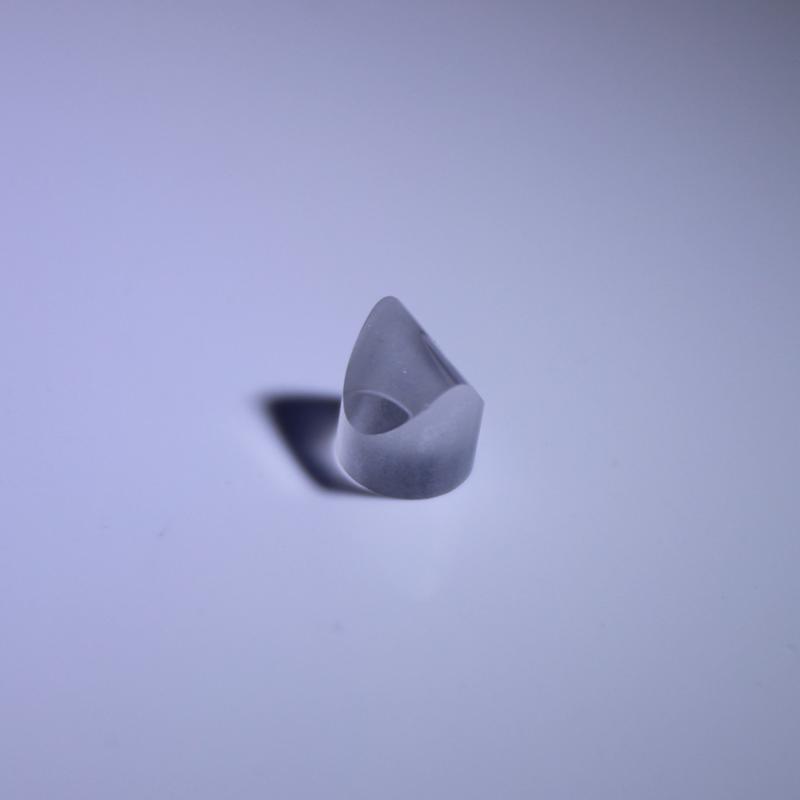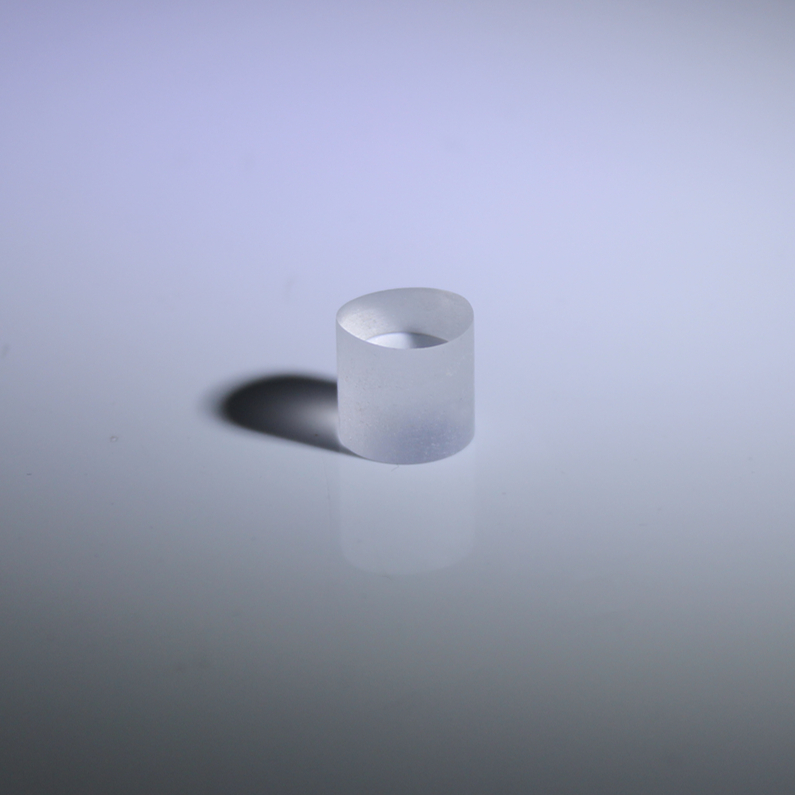What are cylindrical lenses?
What are Cylinder Lenses? Cylinder lenses are a type of lens that have differing radii in the X and Y axes, causing the lens to have a cylindrical or semi-cylindrical shape, and image magnification in only a single axis. Cylinder lenses are commonly used as laser line generators, or to adjust image height size or correct for astigmatism in imaging systems. What are cylindrical lens used for? What is the normal shape of cylindrical lens? What is applications of cylindrical lens? VY Optoelectronics Co.,Ltd. selection of Cylinder Lenses include achromatic, acylinder, plano-convex, or plano-concave. Achromatic Cylinder Lenses provide additional color correction by minimizing chromatic aberration. Hybrid Acylinder Lenses are ideal for color correction, in addition to minimizing spherical aberration.
A cylindrical lens is a lens which focuses light into a line instead of a point, as a spherical lens would. The curved face or faces of a cylindrical lens are sections of a cylinder, and focus the image passing through it into a line parallel to the intersection of the surface of the lens and a plane tangent to it. The lens compresses the image in the direction perpendicular to this line, and leaves it unaltered in the direction parallel to it (in the tangent plane).
A toric lens combines the effect of a cylindrical lens with that of an ordinary spherical lens.
What is difference between cylindrical and spherical lens?
What's the difference between Cylindrical Lenses and Spherical Lenses? Simply put,cylindrical lenses are made from a flat sheet of polycarbonate, and have a flattened look in the frame. Spherical lenses are a rounded lens for a 3D look
A cylindrical lens is typically used to focus, condense or expand incoming light,or to change the aspect ratio of an image.
Cylindrical Lenses have a single cylindrical surface that causes incoming light to be focused in only a single dimension, stretching the image. Cylinder Lenses are available with positive or negative focal lengths, ideal for laser line generation or anamorphic beam shaping to circularize laser outputs.
A cylindrical lens is typically rectangular, square or circular and of either a plano-convex or plano-concave design, double convex cylindrical lens, double concave cylindrical lens, meniscus cylinder lens, half cylindrical lens, concave cylinder lens, negative cylindrical lens
A cylindrical lens can be used in a broad range industrial, research and OEM applications. Typically, they are used in spectroscopy, holography, laser scanning optical metrology, acousto-optic and laser diode applications. Lenses will often need to be custom-made to suit the application.
VY Optoelectronics Co.,Ltd. offers semi- custom and fully custom-made cylindrical lenses. Our experts offer full support to take you from proof of concept through to volume manufacturing.
Cylindrical lenses are most commonly manufactured from a rectangular convex cylinder. The way in which the cylinder is mounted for fabrication is influenced by the radius of curvature and the dimension parallel to the cylindrical axis. If the substrate has a short radius of curvature, it will usually be mounted around a barrel shaped tool, whereas if the radius of curvature is long, the substrate is usually mounted onto a flat bottomed plate with a curved mounting face.
After deciding which tooling to use, cautious mounting of the substrate to the tool is critical otherwise the lens specification may be compromised. Because a cylindrical lens lacks the spherical symmetry of a spherical lens, and because the optical axis is a plane as opposed to a line, centring the lens is a much more demanding process.
In the majority of cases, the lens specification is process-controlled. It is essential to reference the cylindrical axis when mounting the substrate. The same mounting plate or cylinder must be used during the milling, smoothing and polishing processes for each lens, to ensure uniformity.
VY Optoelectronics Co.,Ltd. offers Cylinder Lenses with circular, rectangular, or oblong dimensions. Multiple anti-reflection coating options are available from the ultraviolet to the infrared, including UV-AR, UV-VIS, MgF2, VIS-NIR, VIS 0°, or NIR






